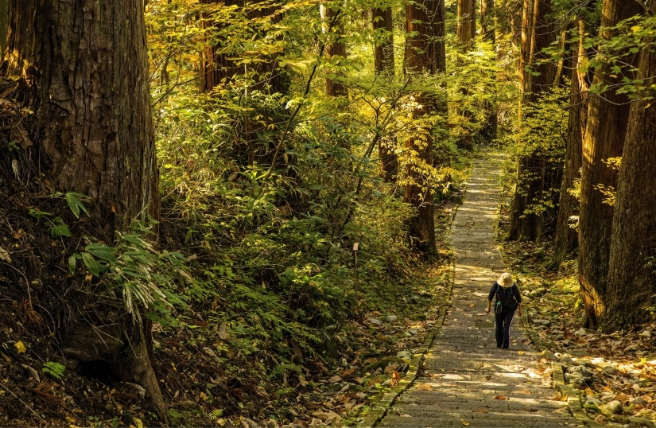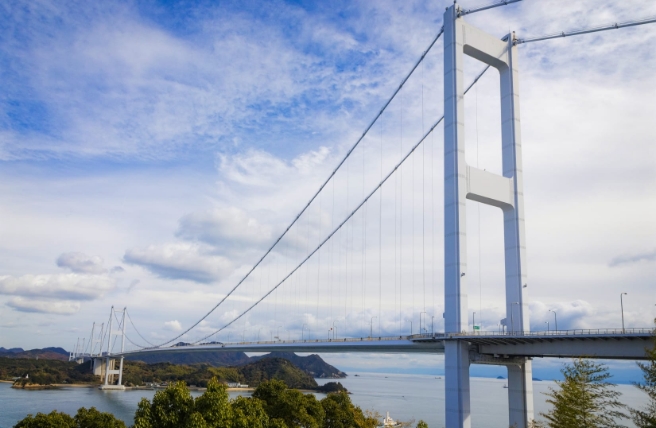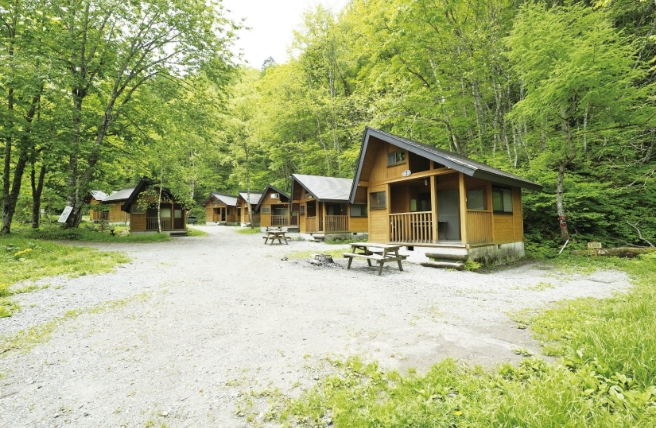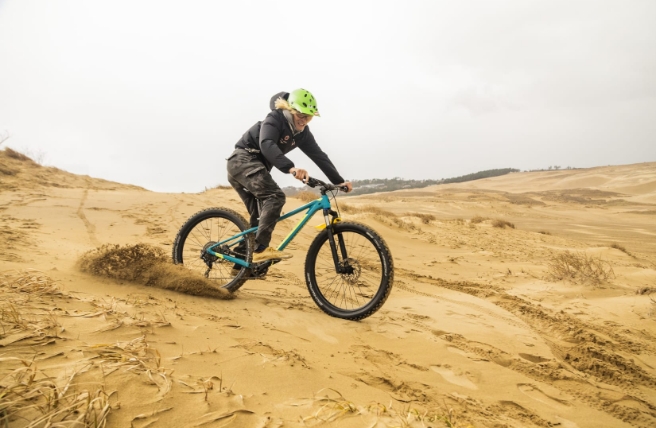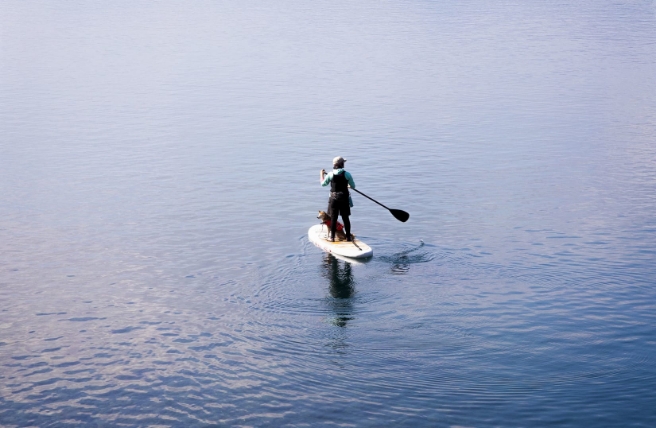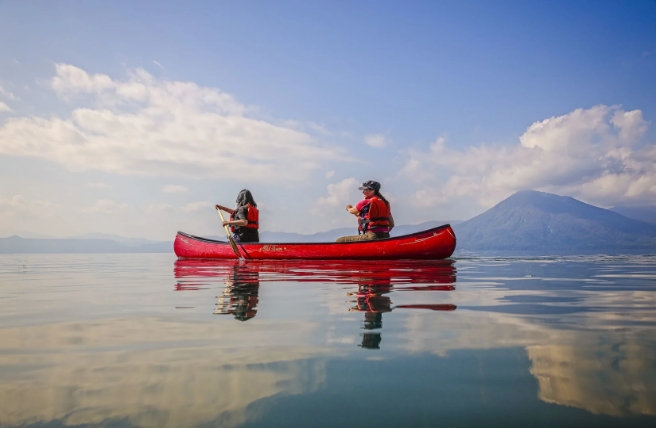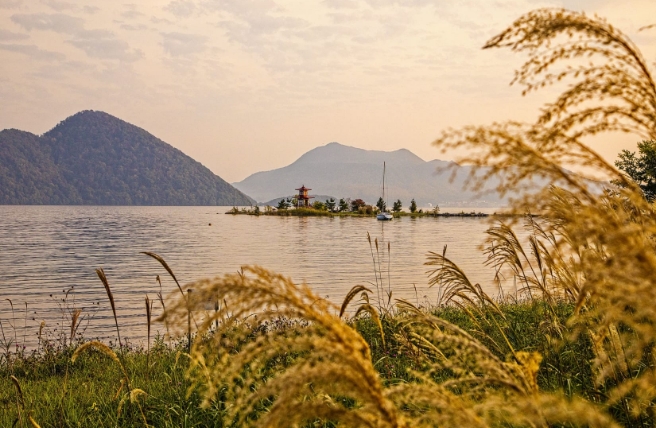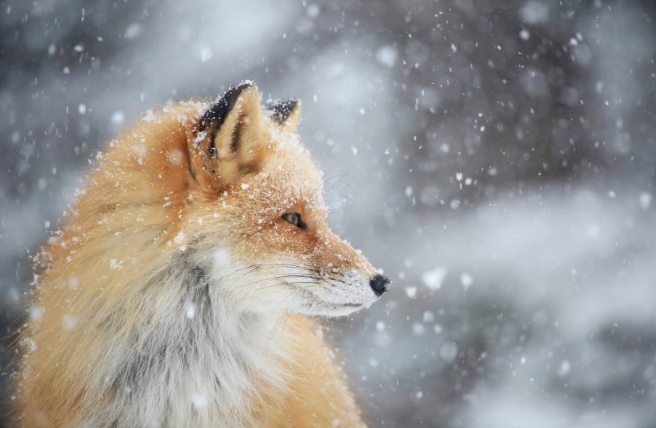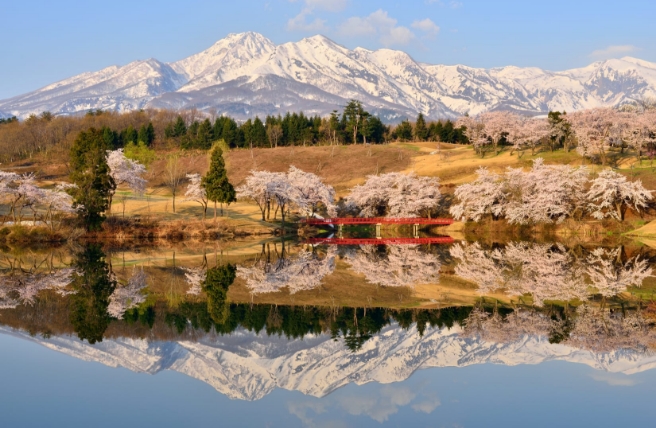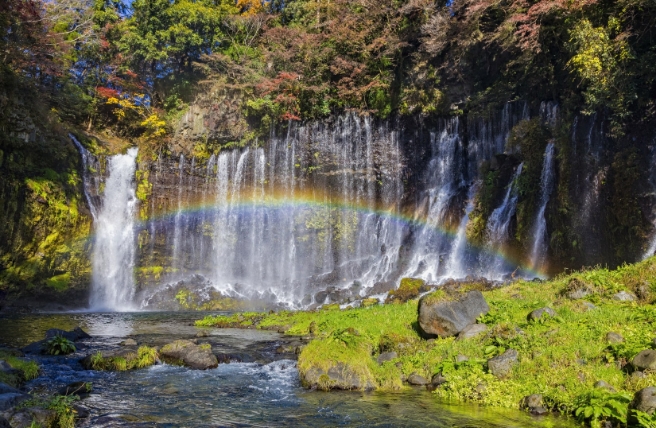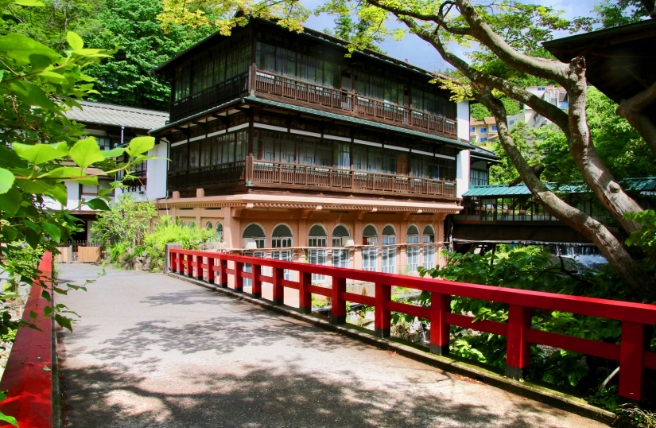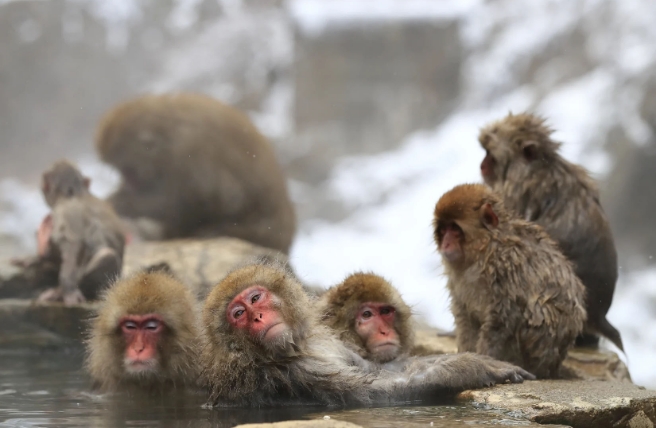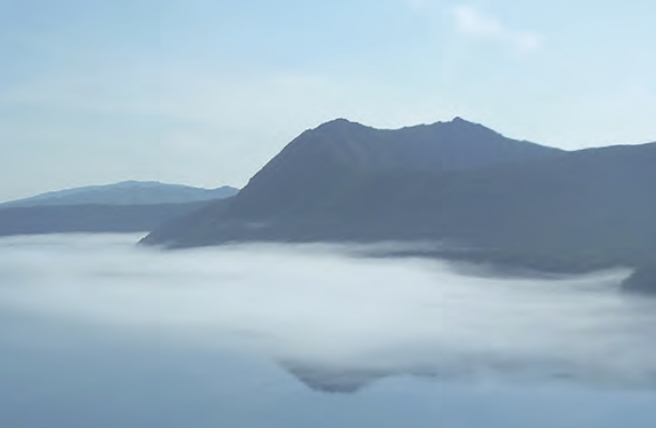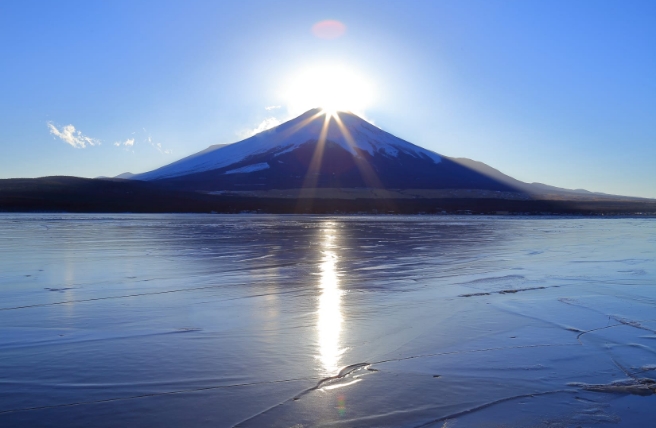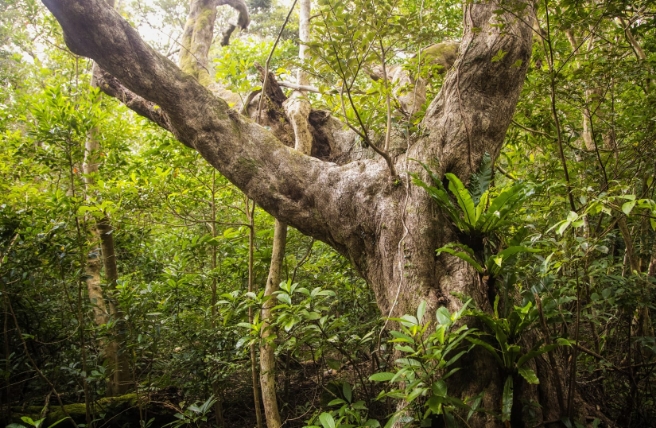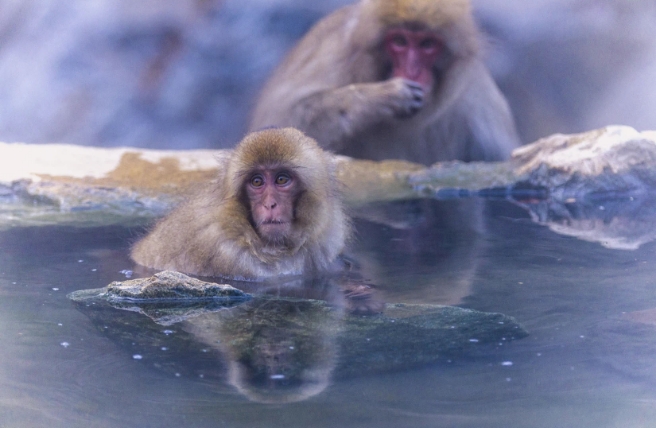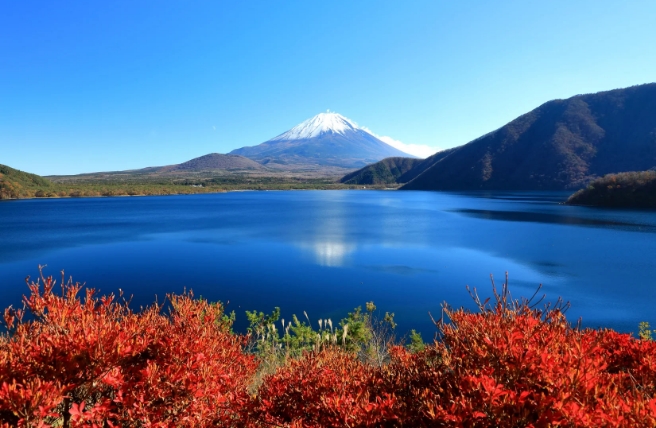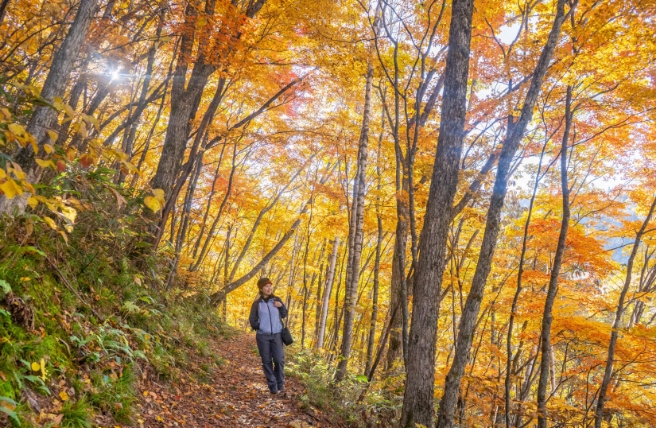Get answers to frequently asked questions about Japan's national parks, ranging from permits and entrance fees to dealing with bear encounters.
There are 34 national parks in Japan, stretching from Hokkaido to Okinawa and the Bonin Islands of Ogasawara, 1,000 kilometers south of Tokyo.
Nikko, Joshin’etsukogen, Chichibu-Tama-Kai, Oze and Fuji-Hakone-Izu national parks are in close proximity to Tokyo and can be visited on day trips or as onward destinations.
Parts of Yoshino-Kumano, Setonaikai and San’inkaigan national parks can be visited from Kyoto on day trips or as onward destinations.
Daisetsuzan is the largest national park in Japan, covering 2,267.64 square kilometers.

You don't need a permit to visit or stay in a national park in Japan. Visitors are free to enter and leave at any time.
Unlike national parks in many other countries, the land within Japan’s national parks is a mix of private land, prefectural land and local government land, and much of it is inhabited by people.
There are no entrance fees, opening hours or closing hours.
Every season is a good season to visit a national park in Japan.
National parks are located across the Japanese archipelago, which stretches over 3,800 kilometers, from the subarctic reaches of Hokkaido to the subtropical islands of Okinawa. Seasonal weather conditions vary greatly depending on where you are in the country, and each park has its own seasonal attractions. Read our seasons and climate page for more details.
Make loud noises to avoid surprising a bear; they are likely to avoid you. Carry a bear bell, talk loudly or make noise as you walk.
If you do encounter a bear, here is what rangers in the national parks of Japan recommend:
・Be still. Don't yell or make any sudden movements that could startle the bear.
・Don't run; bears can run up to 40 kilometers per hour. You won't be able to outrun them.
・Wait until the bear moves away, or:
・Back away very slowly and make sure that you don't turn your back to the animal.
・Calmly leave the area.
If you plan to visit a region known to have a high population of bears, carry bear spray. You should only use bear spray if a bear attacks or charges towards you.

Yes, it's possible to camp. See our camping guide to learn about the many camping options. Other options include hotels, ryokan, hostels and mountain huts. Our page on where to stay has more information.
What you should bring depends on the season, your destination and the activities you plan to do. For more information, visit our what to bring page.
The parks’ visitor information centers have information on where you can and can't swim. In general, swimming in rivers and lakes is allowed.
Stick to designated swimming areas and be sure to check local rules. Be aware that swimming in some lakes and rivers may not be permitted in order to preserve the clean water and the natural environment.

Check the visitor information centers in the park you're visiting for the most up-to-date information on hiking conditions. Staff can provide recommendations and maps, and may also have detailed maps for sale.
You can also browse different hiking trails on our hiking page before you start your trip.
In many of Japan’s national parks, you may encounter deer, squirrels, birds and sometimes Japanese macaques and foxes. These animals are harmless in most cases, but never approach or feed them.
To see rare animals or migratory animals such as whales and birds, join a guided tour organized by an authorized tour operator.
Check at the visitor information centers at the park you're visiting to get the most up-to-date information about animals in the park.

